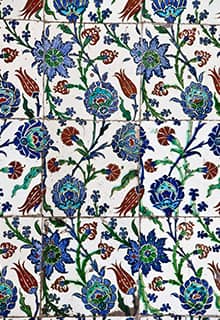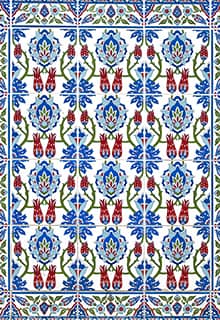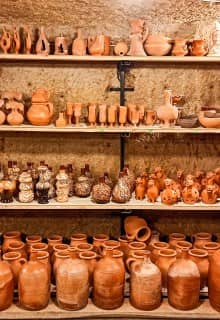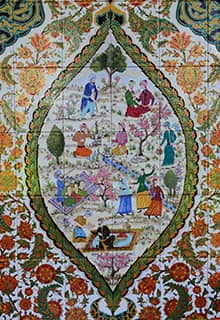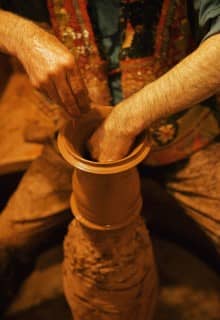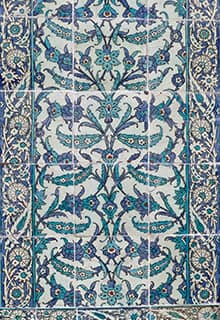

European Route of Ceramics
in Türkiye
The European Route of Ceramics pays tribute to the development of the art of ceramics and the cultural heritage linked to the production of ceramics in Europe. By highlighting this ancient tradition, the route creates opportunities for sustainable tourism, offering travelers the chance to familiarize themselves with the tangible aspects of this heritage (unique artistic productions and collections, workshops, and museums) and the intangible aspects (local know-how and crafts necessary for ceramic production).
İznik
The ceramic tiles produced in İznik (historically known as Nicaea) during the 15th and 16th centuries represent the cultural and artistic zenith of the Ottoman Empire. These tiles still grace the walls of many mosques and palaces today. Examples of İznik tiles form treasured parts of collections in museums in Türkiye and around the world.
Avanos
One of Cappadocia’s oldest settlements, Avanos, is the cultural epicenter of Cappadocia. As the Kızılırmak has flowed patiently through Avanos, the soft and oily clay sourced from the former riverbeds has been the highlight–making Avanos the home of pottery dating back to the Hittites. This town waits for you to meet its famous potters and put your pottering talents to the test! Clay pots will lure you with their vivid colours and authenticity.
Kütahya
Kütahya is known for its exquisite tiles and pottery dating back to the 14th century. Visitors can explore the Kütahya Tile Museum, participate in local pottery workshops, and enjoy vibrant cultural events. As part of this route, Kütahya offers a unique blend of historical charm and artistic innovation, making it a must-visit destination for art and culture enthusiasts.
Çanakkale
Çanakkale’s ceramic tradition reflects centuries of craftsmanship shaped by Anatolian, Aegean, and maritime cultural exchange. The city is known for its distinctive hand-painted wares, bold colors, and unique motifs that blend folk art with refined technique. Today, visitors can explore workshops, museums, and galleries that keep this living heritage alive while introducing it to new generations.

